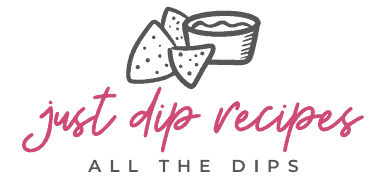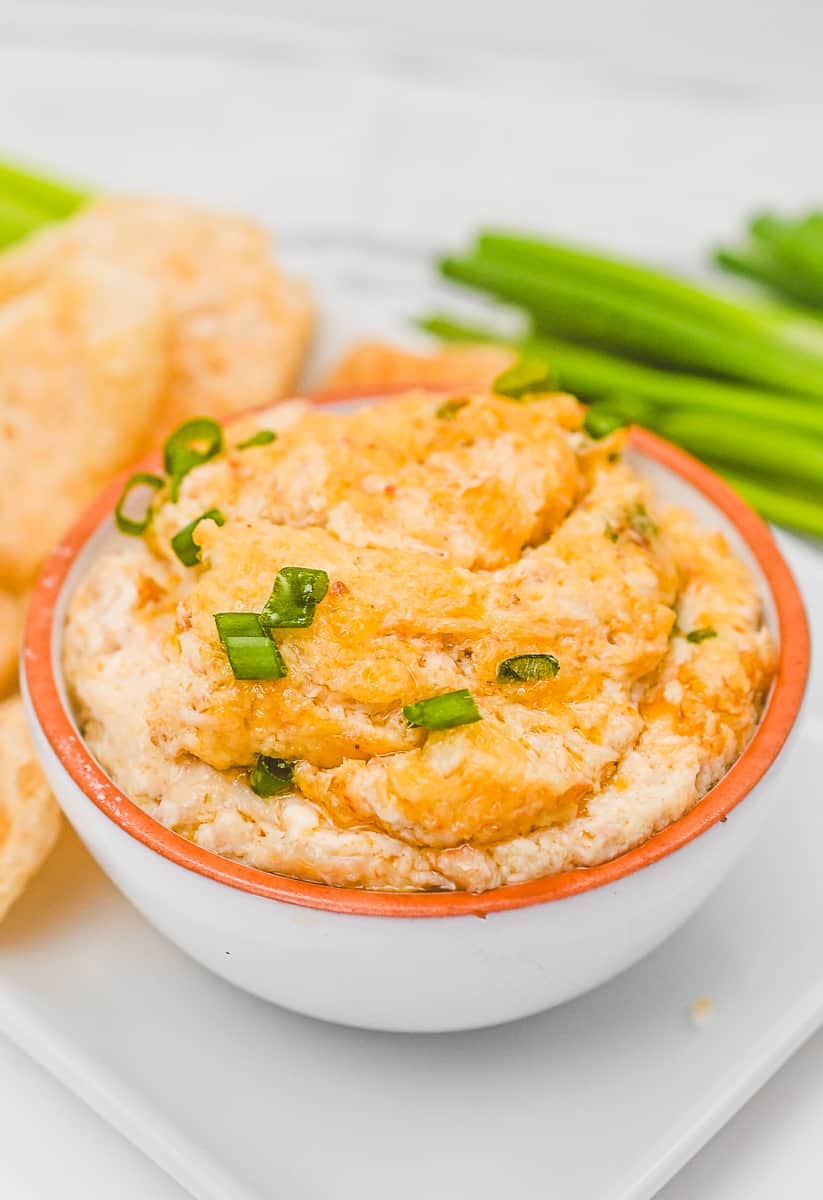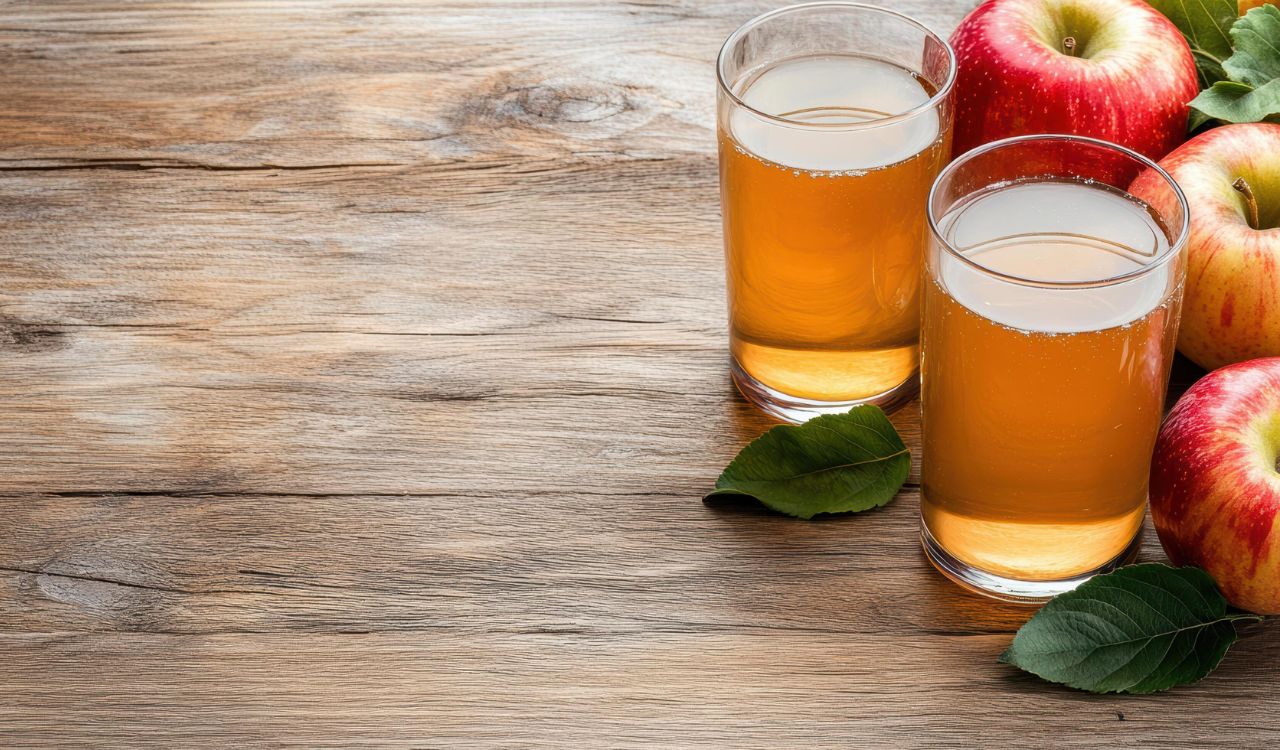12 U.S. States To Curb SNAP Purchases Of Soda, Candy, And More Starting In 2026
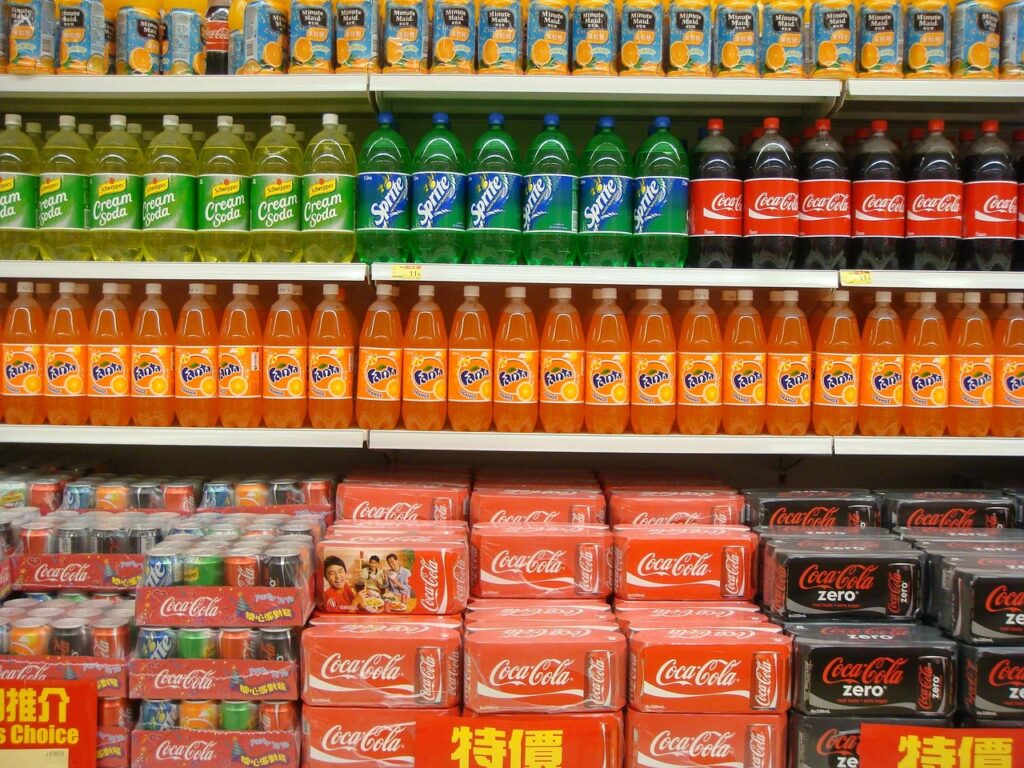
SNAP, the nation’s largest nutrition assistance program, allows most grocery foods but excludes alcohol, hot or prepared meals, and non‑food items. Recently approved state waivers will let 12 states limit certain purchases, such as soda, candy, energy drinks, and some prepared desserts; beginning in 2026. Supporters say the shift nudges healthier choices and could reduce chronic disease; critics warn it narrows autonomy and may worsen access in areas with few affordable healthy options. Here’s what’s changing and why it matters.
1. Who’s Restricting What and Why
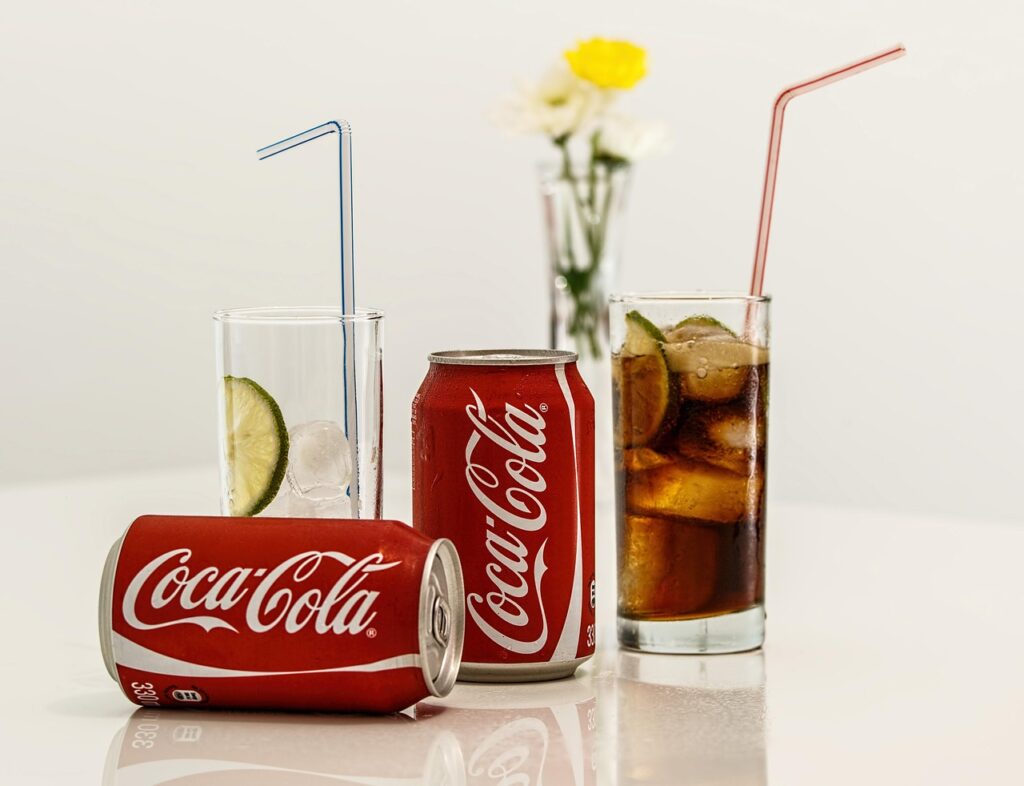
As of mid‑2025, a dozen states have federal approval to pilot SNAP category restrictions. More recent approvals include Texas, Florida, Oklahoma, Louisiana, Colorado, and West Virginia, joining earlier adopters such as Arkansas, Idaho, Indiana, Iowa, Nebraska, and Utah. Florida’s plan is among the broadest, targeting soda, candy, energy drinks, and prepared desserts; Iowa’s approach is unusually expansive, keying off taxable snack items. Proponents cite diet‑related disease; opponents emphasize choice, dignity, and practical access.
2. Timing and Implementation

The first go‑lives begin in early 2026, with dates varying by state as systems come online. Some states target January launches, while others have March, April, or July start dates. Retailers and agencies must update item files and checkout systems so EBT can block restricted products, post clear shelf tags, and train staff: changes that are simpler for large chains than small rural stores. States are planning advance notices to retailers and recipients, but syncing technology, signage, and training remains a significant lift.
3. Health Intent vs. Access Debate

The core argument for these waivers is health. Supporters say SNAP should encourage nutritious eating and reduce the burden of diabetes and obesity, which disproportionately affect low-income households. But opponents point out the flip side: many SNAP recipients live in food deserts where produce is scarce, expensive, or both. In those areas, banning soda or candy doesn’t magically create healthier alternatives. It just narrows what’s available. For families stretching limited benefits, being told inexpensive snack items are off-limits can feel less like health policy and more like punishment. The debate boils down to whether choice or nutritional guidance should carry more weight.
4. State Variations in Restrictions
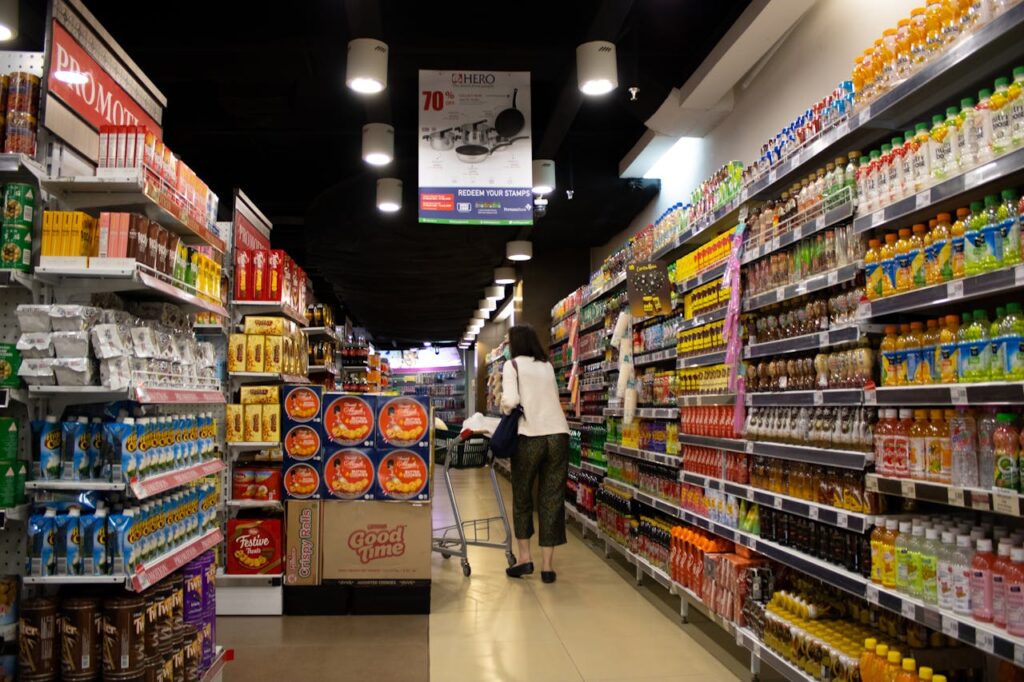
Policies differ by state. Some restrict only soda; others add candy or energy drinks; a few include prepared desserts or sugary fruit drinks below a set juice threshold. Texas is slated to limit soda and candy; Florida includes soda, candy, energy drinks, and prepared desserts; Arkansas targets soda, candy, and certain sugary drinks; Nebraska includes energy drinks; Iowa’s model is broad and keyed to taxable snack categories. The result is a patchwork: crossing a state line could change what’s eligible.
5. Who Needs to Adapt
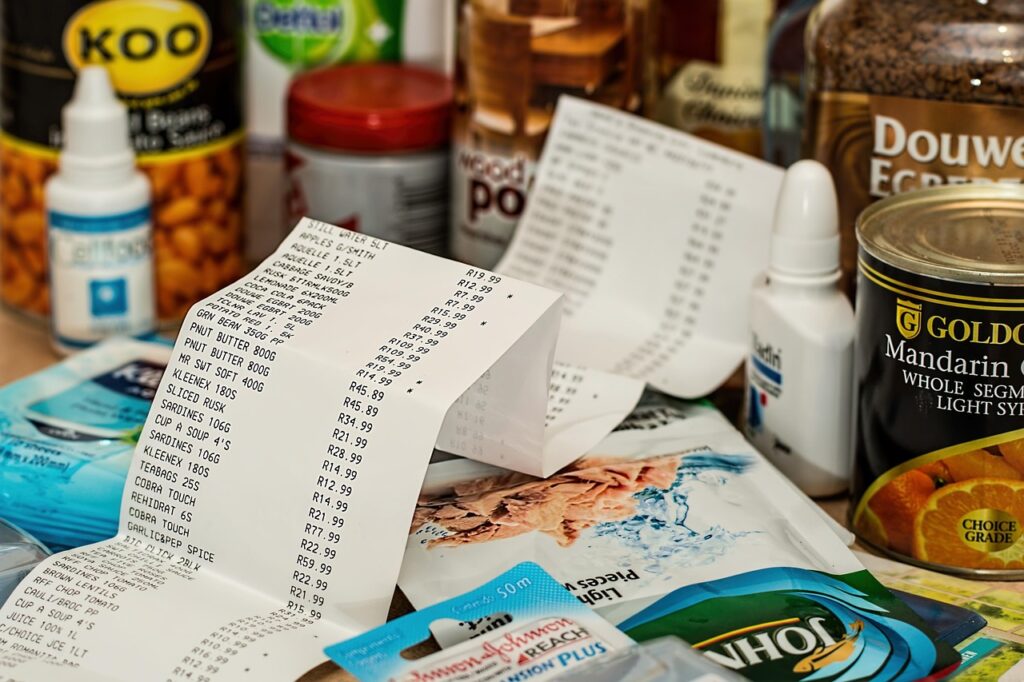
These changes won’t just affect recipients. Retailers must reprogram registers to block specific items, train staff, and update shelf tags. For big-box grocers, it’s doable. For small stores, the costs of software updates and training can hit harder. Meanwhile, SNAP recipients will need clear guidance. Without it, people could face embarrassing rejections at checkout, not because they tried to “cheat,” but because the rules are complicated and vary from state to state. That’s why outreach; through signage, EBT notices, and community groups; will matter as much as the rules themselves.
6. What Advocates Are Saying

Public health advocates argue SNAP dollars shouldn’t subsidize sugary drinks and candy, framing restrictions as a nutrition‑first use of benefits. Anti‑hunger groups counter that category bans erode flexibility and can stigmatize participants while creating new hurdles at checkout. They also note that in many neighborhoods with limited fresh options, restricting inexpensive shelf‑stable items may reduce practical choices without adding healthier alternatives. Both sides agree clarity and outreach will be critical.
7. Where It Goes From Here

More states are monitoring these pilots and weighing similar waivers, and additional approvals could expand the patchwork in 2026 and beyond. Exact implementation timelines may shift as retailers finalize system updates and states refine item lists. Federal politics could also affect how much discretion states have to define eligible foods. The big open question remains: will category restrictions measurably improve diet quality, or mainly add friction for households and small retailers navigating complex rules?

